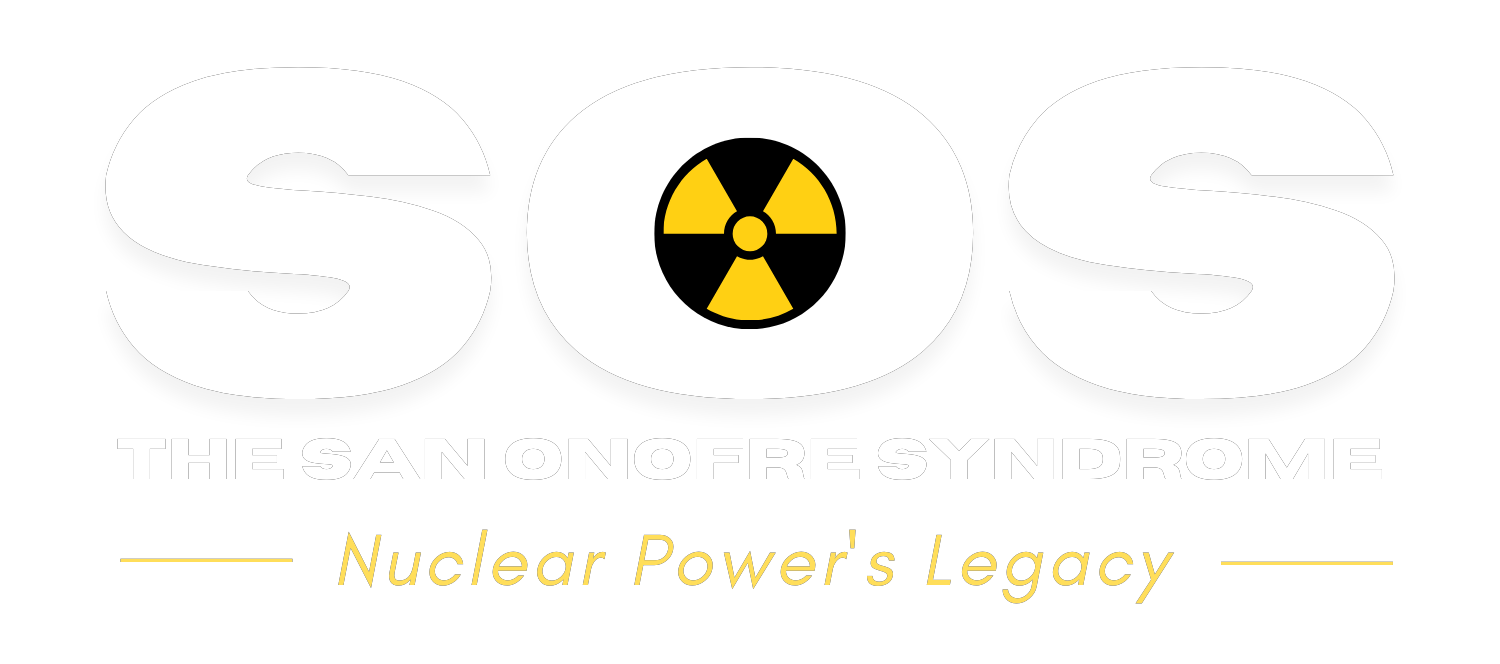Japan, US activists condemn secret transfer of nuclear waste to uranium mill near tribal lands
By Julian Ryall, www.scmp.com
Published on 29 Jun 2024
The ore pad at the White Mesa Mill on May 16, 2024. The suspected Japan Atomic Energy Agency containers can be seen at the centre bottom of the photo in a vertical white column beside the bright yellow area. Photo: Tim Peterson / EcoFlight
Environmentalists in the United States and anti-nuclear campaigners in Japan have united to condemn the secret transfer of around 136 tonnes of nuclear waste from research facilities in Japan to a uranium storage site in the US state of Utah.
The Grand Canyon Trust, a conservation group headquartered in Flagstaff, Arizona, announced on June 11 that newly discovered documents had shown that Energy Fuels Inc had imported the waste from the Japan Atomic Energy Agency (JAEA), arriving on January 16.
The waste – uranium ore and ion-exchange resin with absorbed uranium – had been shipped across the Pacific to the port of Everett, in Washington state, and transported by road to the Energy Fuels’ uranium mill at White Mesa. The facility was already controversial as it is less than 2km from Bears Ears National Monument and close to the Ute Mountain Ute Tribe’s ancestral lands.
In a statement provided to This Week in Asia, Tim Peterson, cultural landscapes director for the Grand Canyon Trust, said, “This latest shipment from Japan shifts the burden of Japan’s radioactive legacy from Japanese citizens to the people of White Mesa.
“If the mill’s operators are getting paid to receive this shipment from Japan, it’s not for processing uranium, but for disposing of waste the Japanese people don’t want near their communities.”
“While the mill may extract a small amount of uranium from these materials, more than 99 per cent of them will likely end up buried in the waste pits at the White Mesa Mill along with the more than 700 million pounds [350,000 tonnes] of radioactive waste already there,” Peterson added.
The Bears Ears National Monument near Mexican Hat, Utah, USA. Photo: EPA-EFE
The US and Japanese companies have not revealed the amount paid to process and dispose of the waste, although the trust has confirmed that Japan paid the mill company US$5.8 million in 2005 to take delivery of 500 tonnes of soil contaminated with radioactivity.
The transfer of the waste to the US has not been reported in the Japanese mainstream media.
“I was not aware of this waste being transported to the US and I think it runs counter to the policy of recycling nuclear waste in Japan,” said Kazuto Suzuki, a professor of science and technology policy at the University of Tokyo.
“And I do not know why the Japanese media has not reported on this,” he admitted. “It is the sort of story that a lot of media would love, but I think that there has been no official confirmation of the transfer means they are not willing to speculate about what is going on.”
The waste was generated during research and development linked to Japanese uranium mining and related studies at the Tono Geoscience Centre in Gifu prefecture and the Ningyo-toge Environmental Engineering Centre in Okayama prefecture.
The plan calls for 99.5 per cent of the waste to be stored as slag in vast pits at the mill, according to the Citizens’ Nuclear Information Centre (CNIC).
Hajime Matsukubo, secretary general of the Tokyo-based organisation, said there were no official statements or media coverage of the shipment leaving Japan and being unloaded in the US in January, although he conceded that security would have been a concern.
“The JAEA did not release any information about the transfer and the media here has insufficient knowledge of the issue,” he said.
CNIC campaigns against nuclear energy in Japan, and Matsukubo says highly radioactive waste that is generated here should not be dumped on communities in other parts of the world.
“Some of the uranium was imported into Japan for research and some originated here in Japan, but it was clearly used here, so we need to find a way to manage the waste that is left behind,” he said.
“If the local people in Utah are willing to accept the waste, then that would be OK,” he said. “But they are clearly not happy with this transfer, and that should be respected.
“It is absolutely unacceptable to force Japan’s radioactive waste onto indigenous peoples who are already suffering from this issue. We strongly protest [against] this outrageous act by JAEA.”
Members of the Ute Mountain Ute Tribe and local residents in White Mesa are planning to stage a “spiritual walk” to protest against the mill in October to express their concern that the facility has effectively become a dump for radioactive waste and that it threatens public health, water and air quality in the area.
The JAEA was contacted by This Week in Asia for comment.
In response to a general query from CNIC about plans to export radioactive waste in 2022, JAEA said, “In conducting overseas smelting, we will comply not only with the relevant laws and ordinances of Japan, but will also take into consideration the relevant environmental and social considerations as well as legal compliance in the local area when selecting contract partners.”


